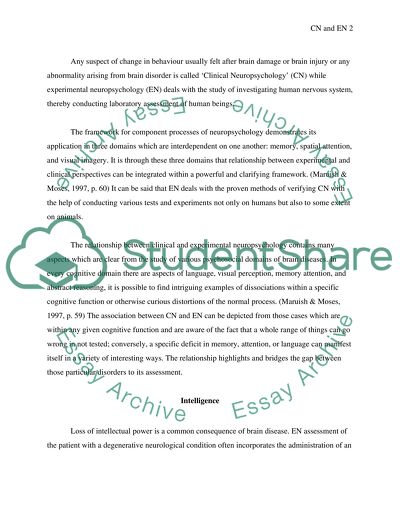Cite this document
(“Clinical and Experimental Neuropsychology Essay”, n.d.)
Clinical and Experimental Neuropsychology Essay. Retrieved from https://studentshare.org/health-sciences-medicine/1526920-clinical-and-experimental-neuropsychology
Clinical and Experimental Neuropsychology Essay. Retrieved from https://studentshare.org/health-sciences-medicine/1526920-clinical-and-experimental-neuropsychology
(Clinical and Experimental Neuropsychology Essay)
Clinical and Experimental Neuropsychology Essay. https://studentshare.org/health-sciences-medicine/1526920-clinical-and-experimental-neuropsychology.
Clinical and Experimental Neuropsychology Essay. https://studentshare.org/health-sciences-medicine/1526920-clinical-and-experimental-neuropsychology.
“Clinical and Experimental Neuropsychology Essay”, n.d. https://studentshare.org/health-sciences-medicine/1526920-clinical-and-experimental-neuropsychology.


